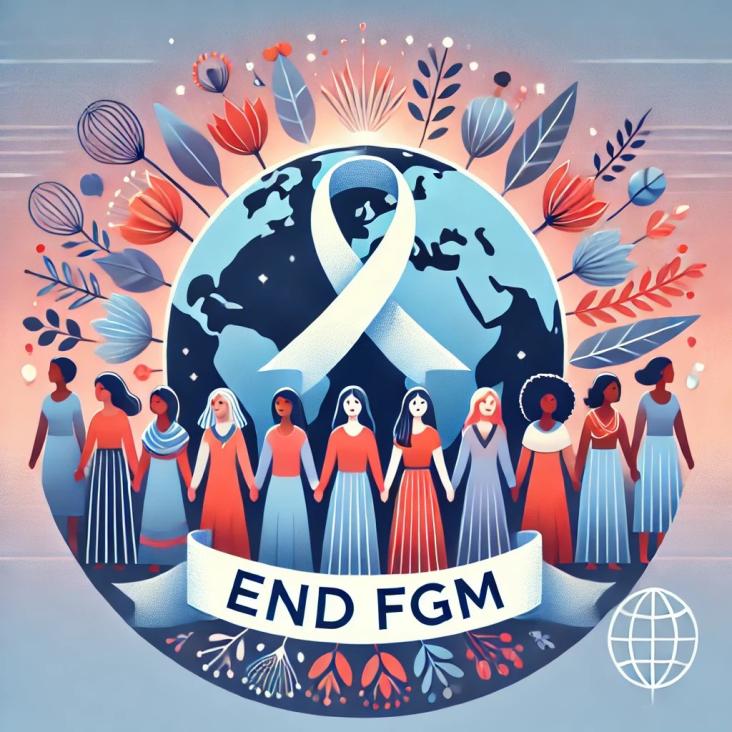Celebrating Women in Process Intensification.
This special issue highlights and celebrates the diversity of career pathways of women in process intensification. This interview with Prof Elizabeth is based personal career experience with both professional & personal reflections
Body Image and the Asian Experience: Asians, Asian Americans, and Asian Diasporas Across the Globe, Volume , 1 January 2024

International Day of Zero Tolerance for Female Genital Mutilation 2026: #HerVoiceMatters in the Global Movement to End Female Genital Mutilation


